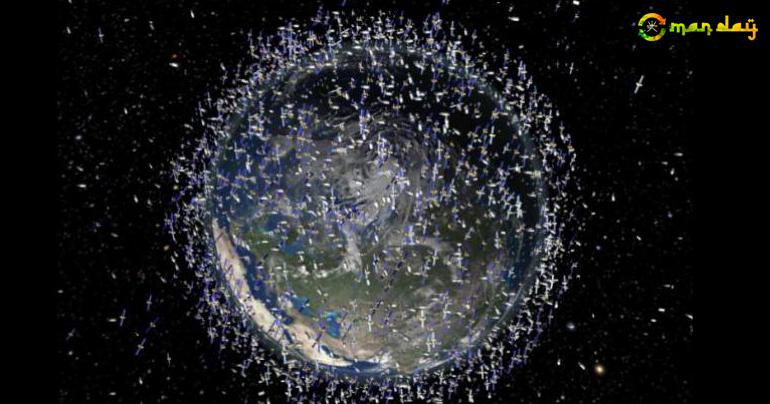Watch: This is how man-made junk is cluttering Earth’s orbit
Debris accumulated over 60 years may badly damage or even destroy space missions.
Space agencies often tweet breathtaking photographs of Earth from their spacecraft. But a more honest view of our planet from space reveals something else altogether – there are at least 750,000 pieces of debris orbiting Earth, serving no useful purpose.
The earlier, well-established image of the blue marble with white swirls now has a cloud of metallic objects floating around, as shown in the video above from the European Space Agency.
Today, a jumble of old orbiters, pieces of disused rockets, and innumerable fragments from past collisions has the potential to destroy active spacecrafts and satellite infrastructure on telecom, weather, navigation, broadcast and climate-monitoring missions.
Worse, a single collision can spark a chain reaction that will rapidly increase the amount of junk and lead to a scenario known as “Kessler syndrome,” where the debris is so dense that orbiting is no longer feasible.
“It’s the classic ‘tragedy of the commons’, except it’s happening in space and could ruin modern technological society for everyone,” said Holger Krag, Head of ESA’s Space Debris Office at the Seventh European Conference on Space Debris, held in Germany in the third week of April.
Since the launch of the first artificial satellite, Sputnik 1, by the former Soviet Union in 1957, the post-Cold War space race paved the way for a number of countries to launch satellites. With the outcome shown in the video below.
A 60-second animation on how space junk that has accumulated from 1957 to 2016.
In 2016, the ESA and the Japanese Aerospace Exploration Agency (JAXA) tried to tackle the problem of space junk. The ESA started working on a mission which involves a net or a robotic arm to capture derelict satellites in low orbit (video below).
JAXA introduced a cost-effective plan to magnetically “pull” debris from the orbit with an electromagnetic cable towards Earth so that it burn ups on reentry into the atmosphere. But the failure of the project was announced in early 2017.
tag: blog , information
Share This Post






